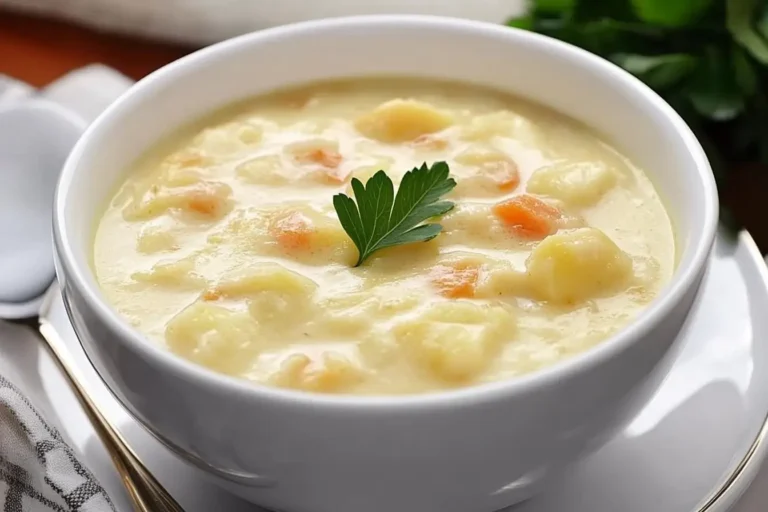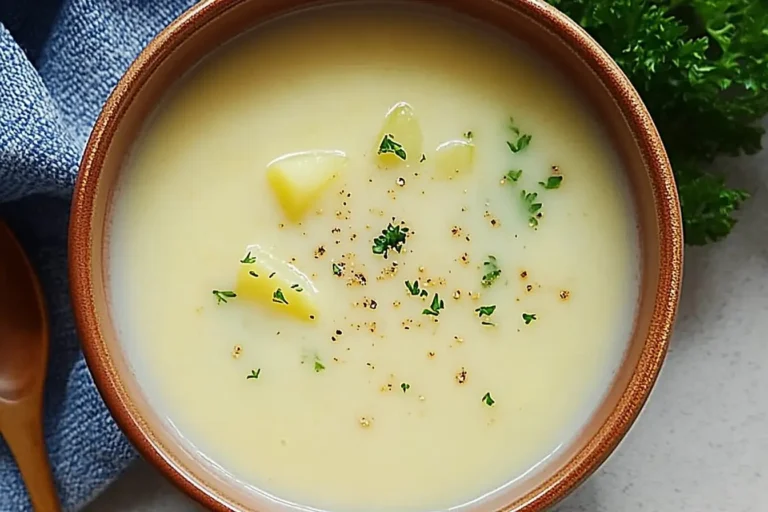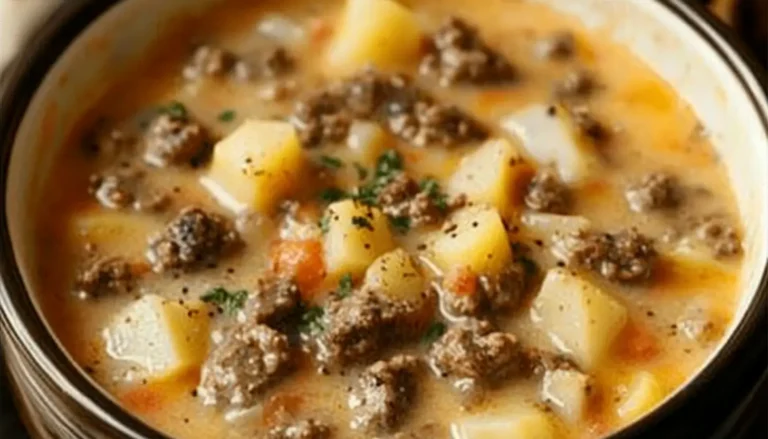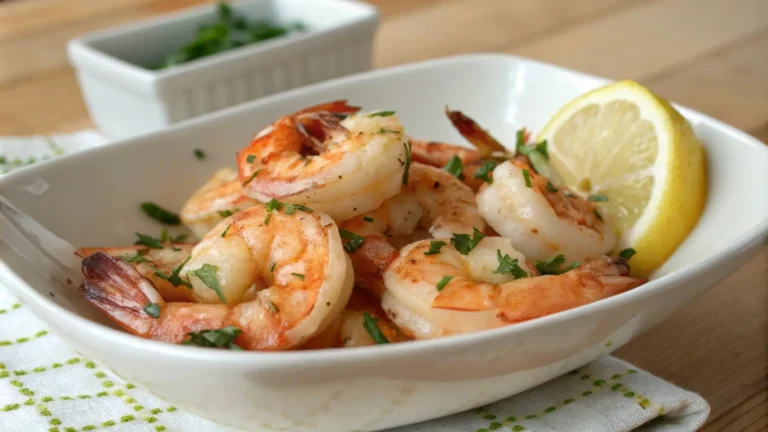What Is the Difference Between Shepherd’s Pie and Cottage Pie?
Introduction
When it comes to comforting British cuisine, few dishes are as beloved—or as commonly confused—as cottage pie and shepherd’s pie. Both pies feature a hearty filling of meat and vegetables, topped with a creamy layer of mashed potatoes and baked to golden perfection. But despite their similarities, these dishes are not the same. The key difference? It all comes down to the meat.
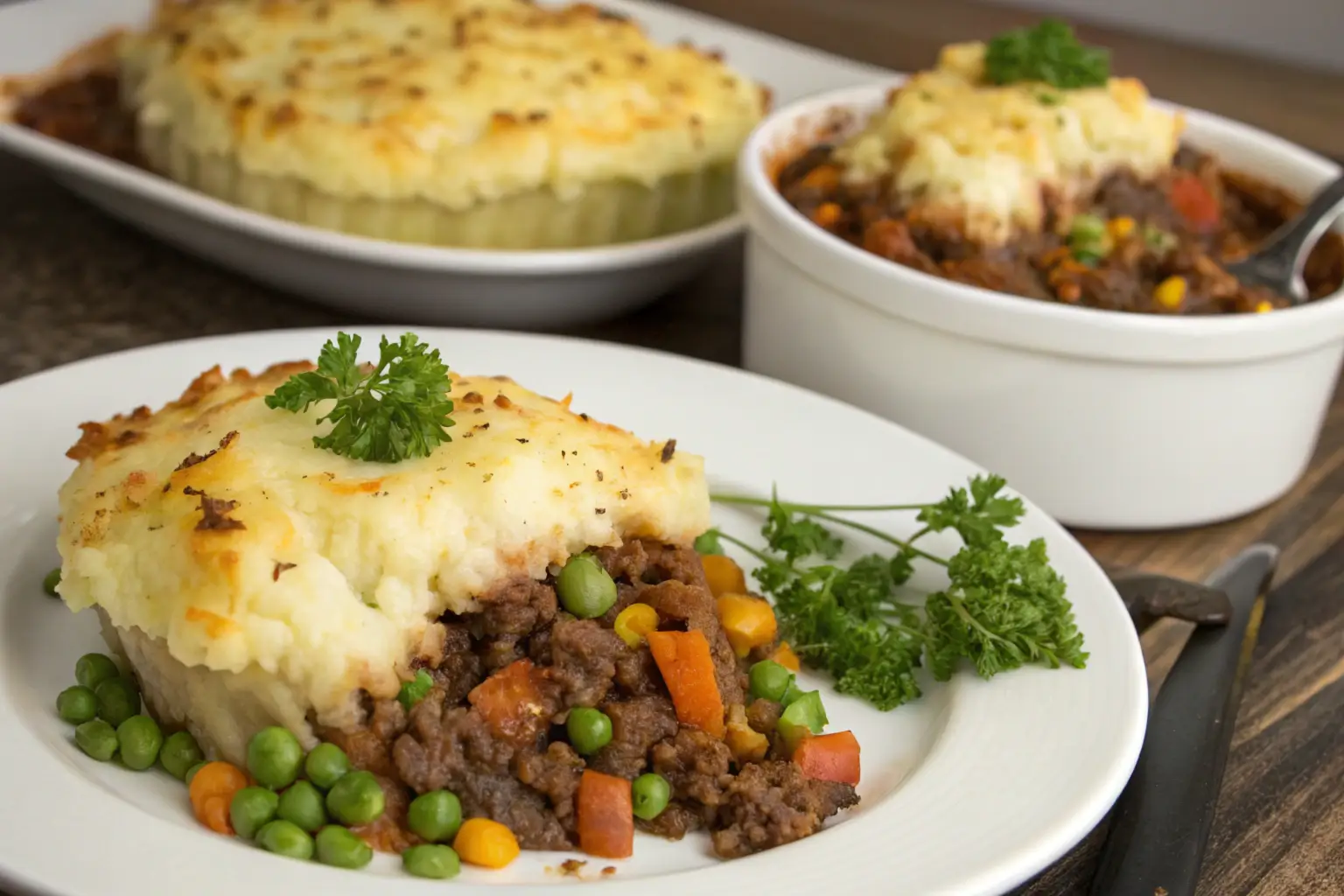
Shepherd’s pie traditionally uses lamb, while cottage pie is made with beef. The names themselves hint at this distinction: shepherds tend to sheep (hence lamb), and cottage pie harks back to simple, rustic meals made with affordable ingredients like ground beef.
This article will dive into the history, ingredients, and preparation of these iconic dishes, giving you everything you need to confidently distinguish one from the other—and maybe even whip up the perfect pie yourself. By the end, you’ll know exactly which dish to serve at your next family gathering or cozy night in.
Origins and History: What Is the Difference Between Shepherd’s Pie and Cottage Pie?
Tracing the History of Shepherd’s Pie
Shepherd’s pie, with its rich lamb filling and comforting mashed potato topping, traces its origins back to the United Kingdom and Ireland. Historically, it was a dish born out of necessity, designed to repurpose leftover roasted meat into a new, filling meal. The first versions of shepherd’s pie appeared in the late 18th century when potatoes became a staple ingredient in the diets of poorer households.
The name “shepherd’s pie” reflects its defining ingredient: lamb. Shepherds tended sheep, so it made sense that a pie made with lamb would be associated with them. In Ireland, where lamb was more readily available than beef, shepherd’s pie became a hearty and economical way to stretch resources.
Cottage Pie: A Farmer’s Classic
Cottage pie predates shepherd’s pie and has been a staple of British cuisine since the 1700s. It was a practical solution for rural, working-class families who needed an affordable way to make meals last. The term “cottage” referred to modest, countryside homes where farmers and laborers lived—reflecting the dish’s humble beginnings.
Unlike shepherd’s pie, cottage pie uses beef as its main ingredient. Ground beef, mixed with vegetables and gravy, forms the filling beneath the mashed potato layer. This dish became particularly popular during the Industrial Revolution, as beef was more widely available in urban areas.
The Evolution of Both Dishes
While their origins are rooted in economy and practicality, shepherd’s pie and cottage pie have evolved over the centuries. Today, these dishes are celebrated not just in the UK but worldwide, with each region adding its own twist. Some versions feature cheese-topped potatoes, while others incorporate different spices or vegetables. Despite these variations, the defining feature remains the type of meat used.
Both pies embody the resourcefulness of home cooks, turning simple ingredients into meals that are hearty, flavorful, and satisfying. Their history is a testament to the ingenuity of making the most out of what’s available, a philosophy that resonates with cooks even today.
Key Ingredients: Lamb vs. Beef
The Defining Protein: Lamb for Shepherd’s, Beef for Cottage
The clearest difference between shepherd’s pie and cottage pie is the type of meat used. Shepherd’s pie features lamb as the star ingredient, while cottage pie traditionally uses beef. This distinction is more than just a matter of preference; it reflects the historical availability of these meats in different regions of the UK and Ireland.
Lamb gives shepherd’s pie its signature flavor, offering a slightly gamey, earthy richness that pairs beautifully with classic ingredients like peas, carrots, and onions. In contrast, the use of ground beef in cottage pie results in a milder, heartier taste. Beef’s versatility also makes cottage pie easier to adapt to different seasonings and cuisines.
For both pies, the meat is typically cooked with a rich, savory gravy and a blend of vegetables. However, regional and modern variations have introduced everything from mushrooms to Worcestershire sauce to enhance the flavor profiles.
Common Ingredients They Share
Despite the difference in proteins, shepherd’s pie and cottage pie share several key components:
- Mashed Potatoes: The crowning glory of both dishes is a creamy, buttery layer of mashed potatoes. Some recipes add cheese or breadcrumbs for an extra-crispy topping.
- Vegetables: Carrots, onions, and peas are staples in both pies, providing color, texture, and nutrients. Some recipes also include celery or corn.
- Gravy: The filling is bound together with a rich gravy, often flavored with beef or lamb stock, tomato paste, and herbs like thyme or rosemary.
These shared ingredients contribute to the hearty and comforting nature of both dishes, making them ideal for chilly evenings or family meals.
Substitutions and Modern Takes
Today, modern cooks have reimagined both shepherd’s pie and cottage pie to suit different dietary preferences and lifestyles:
- Vegetarian and Vegan Versions: Meatless pies use lentils, mushrooms, or plant-based proteins as the filling, paired with dairy-free mashed potatoes.
- Chicken or Turkey Variations: Poultry-based versions have gained popularity, offering a lighter take on these classic dishes.
- Sweet Potato Toppings: For a healthier twist, some recipes replace the mashed potato topping with mashed sweet potatoes, adding a touch of natural sweetness.
While these adaptations blur the lines between traditional shepherd’s and cottage pies, they also highlight the flexibility of these dishes. The spirit of creativity and resourcefulness remains at the heart of every variation.
The Role of Seasoning and Texture
Seasoning plays a vital role in distinguishing these pies. Shepherd’s pie often includes herbs like rosemary and mint to complement the lamb, while cottage pie leans on classic flavors like garlic and thyme.
The texture of the mashed potato topping can also vary. Some prefer it smooth and creamy, while others go for a rustic, chunky style. Scoring or piping the potato layer creates a beautiful golden crust, adding both visual appeal and a satisfying crunch.
These ingredients are what make shepherd’s pie and cottage pie staples in kitchens worldwide. Whether you prefer the rich flavor of lamb or the hearty taste of beef, there’s no denying that both dishes deliver on comfort and satisfaction.
Tips for Making the Perfect Shepherd’s or Cottage Pie
Getting the Ingredients Right
To create a memorable shepherd’s pie or cottage pie, start with high-quality ingredients. Here are some key tips:
- Choose the Right Meat:
- For shepherd’s pie, opt for ground lamb with a good balance of lean meat and fat to keep the filling moist.
- For cottage pie, select ground beef, preferably 80/20 (80% lean, 20% fat) for rich flavor without excess grease.
- Use Fresh Vegetables:
- Peas, carrots, and onions are classic choices. Dice them uniformly to ensure even cooking and a balanced bite in every forkful.
- Stock Matters:
- Use high-quality beef or lamb stock for the gravy. Homemade stock adds depth, but store-bought works in a pinch.
Secrets to a Crispy Potato Topping
The mashed potato layer is where your pie can truly shine. Here’s how to perfect it:
- Texture is Key:
- Use starchy potatoes like Russets for a fluffy, creamy mash. Avoid waxy varieties, which can become gummy.
- Season Generously:
- Incorporate butter, cream, salt, and a touch of nutmeg into the mash for flavor. Don’t forget to taste as you go!
- Create a Golden Crust:
- Spread the mash evenly over the filling, then rough up the surface with a fork or use a piping bag for decorative ridges.
- For extra crunch, sprinkle the top with grated cheese or breadcrumbs before baking.
Cooking and Assembly Tips
- Cook the Filling Thoroughly:
- Allow the meat to simmer with the gravy and vegetables until it thickens. This ensures that the flavors meld beautifully.
- Cool Before Topping:
- Let the filling cool slightly before adding the mashed potatoes. This prevents the mash from sinking into the filling.
- Bake Until Golden:
- Bake the pie at 375°F (190°C) until the top is golden brown and the filling bubbles at the edges.
Customization Ideas
- Add a dash of Worcestershire sauce to the filling for an umami boost.
- Incorporate cheese into the mash for a richer topping.
- Experiment with herbs like parsley, thyme, or rosemary to tailor the flavor to your taste.
With these tips, you can create a shepherd’s pie or cottage pie that’s every bit as comforting and delicious as the traditional versions.
FAQs
1. Can you use beef in shepherd’s pie?
No, traditional shepherd’s pie uses lamb. If you use beef, the dish is considered cottage pie. However, there’s no harm in adapting recipes to suit your preference!
2. What is the vegetarian version of these pies called?
A vegetarian version might be called a “vegetarian shepherd’s pie” or simply “veggie pie.” It often substitutes lentils, mushrooms, or plant-based proteins for the meat.
3. Do cottage pie and shepherd’s pie taste the same?
Not exactly. The flavor difference comes down to the meat. Lamb in shepherd’s pie gives it a slightly gamey, earthy flavor, while beef in cottage pie results in a milder, heartier taste.
4. Can you freeze shepherd’s pie or cottage pie?
Yes! Both pies freeze well. Assemble the pie, let it cool, then cover it tightly before freezing. When ready to eat, bake directly from frozen or thaw overnight in the fridge.
5. Is there a difference in the toppings for these pies?
Traditionally, both pies are topped with mashed potatoes. Some variations, however, add cheese, breadcrumbs, or even sweet potatoes for a twist.
Conclusion
Shepherd’s pie and cottage pie may look similar at first glance, but their differences lie in their roots and the meats they feature. Shepherd’s pie is a lamb-lover’s delight, while cottage pie caters to beef enthusiasts. Both are steeped in history and designed to deliver comfort in every bite.
Whether you’re recreating these classics or experimenting with modern variations, these pies bring people together with their hearty, homemade charm. Why not try making one—or both—this week and see which becomes your family’s favorite?


